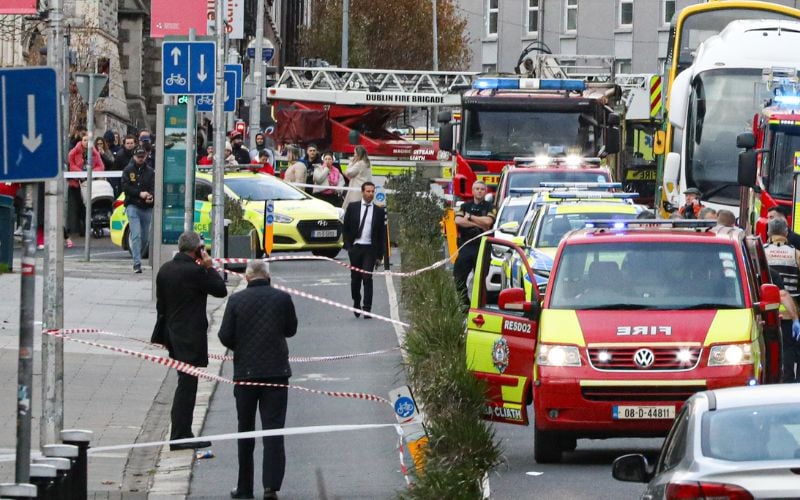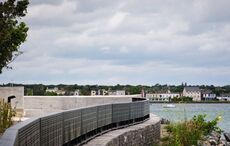Read more: Irish bank deposits hit junk status
A new report, written by former Finnish senior government official, Peter Nyberg, says reckless lending by bankers who were unchecked by regulators and politicians along with the national mania for property are all to blame for Ireland’s banking collapse.
"As in most manias, those caught up in it could believe and have trust in extraordinary things, such as unlimited real wealth from selling property to each other on credit," said the 172-page report, published on Tuesday.
"It appears now, with hindsight, to be almost unbelievable that intelligent professionals in the banking sector appear not to have been aware of the size of the risk they were taking."
"In order for a systemic crisis to happen, you will need a very large part of society to take part, not understand the risks or stay quiet," Nyberg, a former director general for financial services at the Finnish Ministry of Finance, told a news conference.
The report, published on Tuesday, was discussed in Irish parliament. This is the third and final report commissioned by the former Irish Government into the banking collapse which has turned into one of the world's most costly banking crisis.
Speaking at a press briefing, Nyberg said banking boards, politicians, former regulators and external auditors had not realized the risks of concentrated lending. He said the blame for Ireland's banking implosion is to be shared among thousands of people. He explained that this is the reason he did not name names in the report.
Last November the former Irish Government were force to look for over $97 billion (€67.5 billion) in bailout loans from the European Union and International Monetary Fund as the markets refused to loan Ireland the money.
So far the Irish Government has injected $66.3 billion (€46.3 billion) into the failing banks. It is expected that they will need to contribute another $34.3 billion (€24 billion) into the banks to help cover anticipated losses of over $100 billion (€70 billion). This is the equivalent to about 44 percent of the annual output of the Irish economy.




Comments